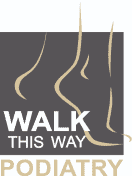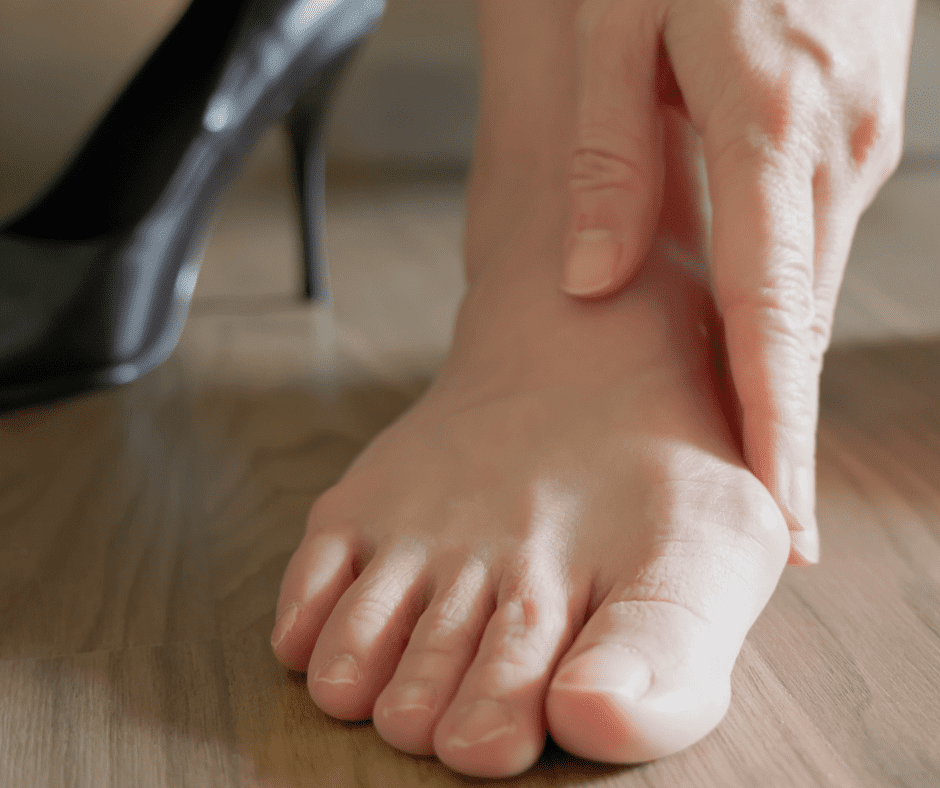If there is a foot condition considered rather unsightly, that is certainly bunions. Unlike other foot problems, bunions come with the stigma of age, vanity and poor shoe choices.
However, this is far from reality.
Bunions are most commonly inherited, so getting one isn’t really up to you. They can run in families and be passed on from generation to generation. Statistically, women are more prone to get bunions than men, probably because they tend to have weaker ligaments in the feet (the structures that connect bones together) and also tend to wear tight, high-heeled shoes frequently, which can exacerbate the condition. Saying that, although ill-fitting shoes might aggravate existing bunions or cause bunions to develop in people with a genetic risk of the condition, they do not cause their growth directly.
But apart from genetics, what other risk factors can contribute to the development of bunions?
While the precise cause of bunions is unknown, their development can be related to multiple factors including:
Abnormal foot function and mechanics
If you have flat feet, low arches, loose joints or tendons or suffer from an unstable toe joint, you’re more likely to get bunions. This is because they affect the foot joints’ natural ability to cushion and stabilise the foot when walking, resulting in an overload of the bodyweight on the foot bones in an abnormal way. This changes their alignment and develops deformity.
We would always advise patients with these conditions to keep an eye out for any early signs of bunions, such as noticing their big toe starting to bend outwards, towards the neighbouring toe, tightness or discomfort when wearing shoes or experiencing pain and swelling after spending some time in shoes, as a bunion could be the root cause of the discomfort.
Inflammatory joint diseases
A chronic disease strongly linked to bunions is rheumatoid arthritis.
Rheumatoid arthritis attacks multiple joints throughout the body, starting with the small joints of the hands and feet. The joints of your body are covered with a lining — called synovium — that lubricates and makes them easier to move. Rheumatoid arthritis causes an overactivity of this lining. It swells and becomes inflamed, destroying the joint, as well as the ligaments and other tissues that support it. The inflammation results in a change in your foot structure and this can lead to deformity and bunions.
Psoriatic arthritis, which is a type of arthritis that affects people who suffer from the skin condition psoriasis, has a similar effect as it also affects the joints. Because it is also an inflammatory condition, the affected joints can become swollen, stiff and very painful, leading to irrevocable deformity in the most severe cases.
Gout, another complex and painful form of arthritis, occurs when urate crystals accumulate in your joint, causing inflammation, swelling and intense pain. Its symptoms include sudden, severe attacks of pain, redness and tenderness in joints, often the joint at the base of the big toe. The joint swelling can cause the joint to deform and develop bunions.
Poorly fitting footwear
Although people who develop bunions have a predisposition to, the type of shoes you wear can affect the likelihood of you getting a bunion. If you wear narrow, high-heeled shoes that push your toes together and force them into an unnatural position for long periods of time, you are certainly more susceptible to developing bunions.
Pregnancy and childbirth
When your body is becoming ready for birth, it releases a hormone called Relaxin, which loosens up ligaments to allow the pelvis to widen for childbirth. This can affect your feet, making them wider, influencing the way you walk. In addition, the extra weight can put a lot of more pressure on your joints, leading to the misalignment of bones and deformity.
Tight calf muscles
If you have tight calf muscles, you walk or run putting most of your weight on the inside edge of the feet. This can affect the mechanics of your toe joint and lead to the formation of bunions.
Obesity
People who carry too much weight can also be more prone to getting bunions due to the chronic strain that the excess of weight puts on the foot joints. It can alter their foot posture, lead to deformities on the joints and consequently, to the formation of bunions.
In summary, bunions cannot be attributed to one cause and are not the result of poor health. Healthy people get bunions too. So you should seek professional advice as soon as you spot any changes in your feet shape or experience pain or discomfort when wearing shoes. You can find out more about what bunions are and how to prevent them here (LINK to what are bunions and how to prevent them).
There is no reason you need to feel ashamed for having bunions and there are many different ways to prevent them from worsening and developing acute pain. Find out more about what treatments are available at our clinic here.








